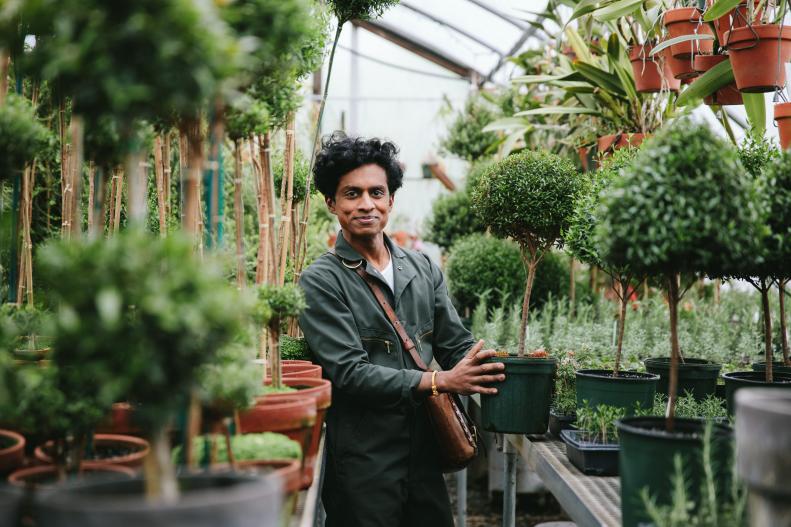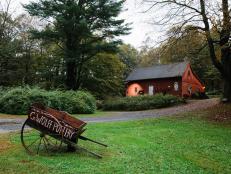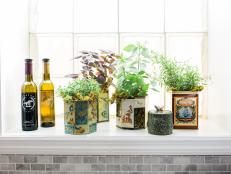1 / 22
Photo: Christine Han.
From:
HGTV Handmade.
A Tale of Tailored Topiaries
Whenever I’m at a farmers market, garden center or nursery, my eyes are immediately drawn to the topiaries. Their tailored forms fascinate me. I know very little about growing and caring for them, so I was delighted to finally pay a visit to one of America’s leading experts in topiaries, Ken Selody at Atlock Farm.








